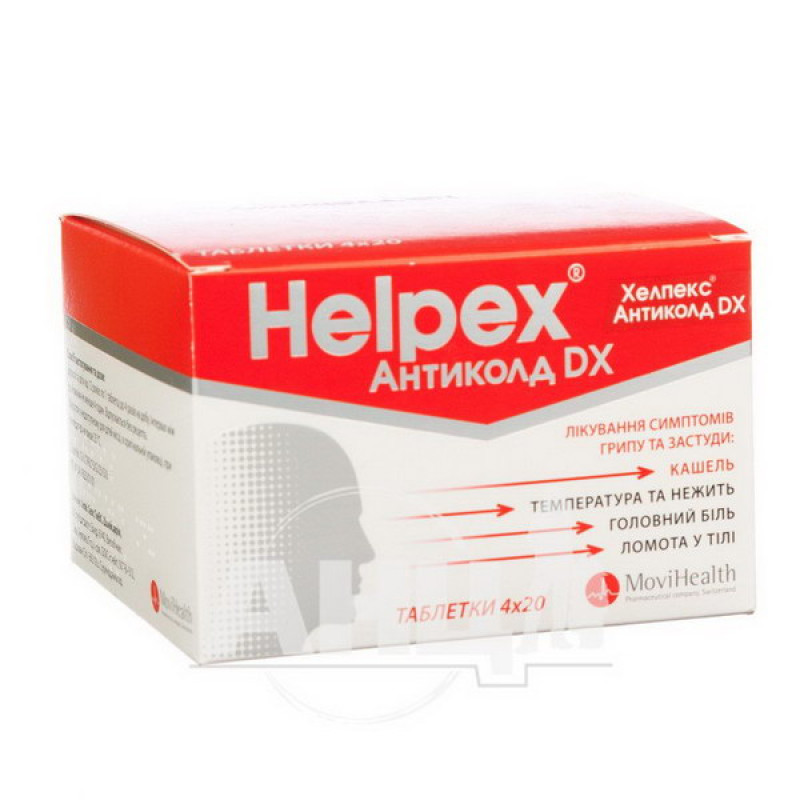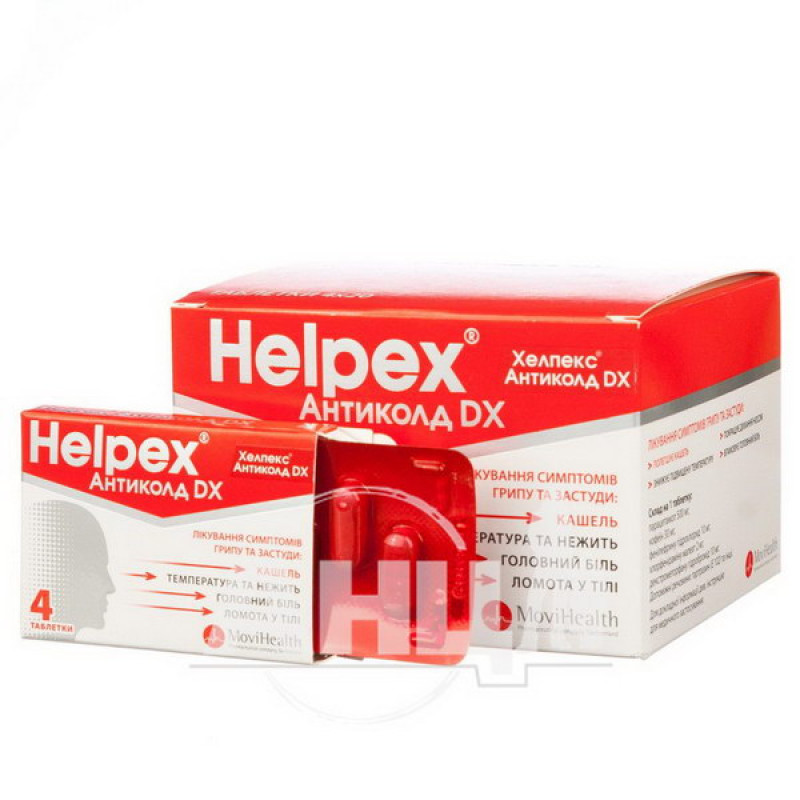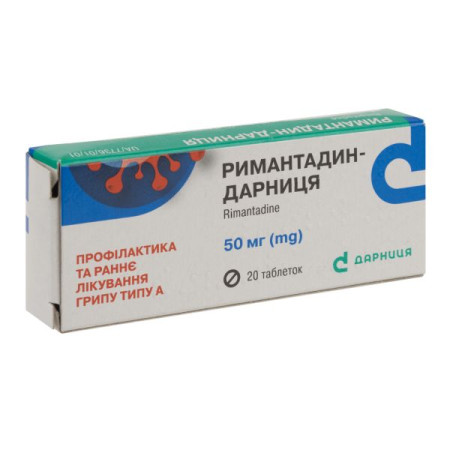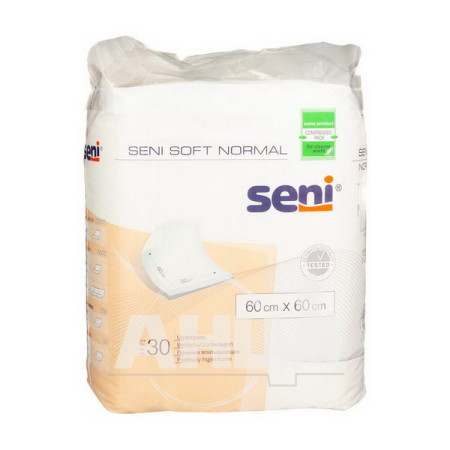Helpex Anticold DX tablets 20 packs of 4 tablets in a group pack No. 80

"Helpex ® Anticold DX" tablets are used for the symptomatic treatment of acute respiratory viral infections, influenza (eliminating dry intrusive cough, reducing elevated body temperature, reducing runny nose, relieving swelling of the nasal mucosa, eliminating body aches, eliminating headaches).
Composition
One tablet contains (active ingredients):
paracetamol - 500 mg; caffeine - 30 mg; phenylephrine hydrochloride - 10 mg; chlorpheniramine maleate - 2 mg; dextromethorphan hydrobromide - 10 mg.Excipients: corn starch, microcrystalline cellulose, povidone, tartrazine (E 102), magnesium stearate, talc, sodium starch glycolate (type A), diamond blue (E 133).
Contraindication
hypersensitivity to the components of the drug, other xanthine derivatives (theophylline, theobromine); decompensated heart failure, ventricular tachycardia, acute myocardial infarction, cardiac conduction disorders, severe ischemic heart disease, severe arterial hypertension, severe atherosclerosis, peripheral arterial thrombosis; pheochromocytoma; bronchial asthma, emphysema, chronic obstructive pulmonary disease; risk of developing respiratory failure; stenosing gastric and duodenal ulcers, pyloroduodenal obstruction; severe liver and kidney dysfunction, acute pancreatitis, hepatitis; prostate adenoma with difficulty urinating, bladder neck obstruction; blood diseases (including severe anemia, leukopenia); glucose-6-phosphate dehydrogenase deficiency, congenital hyperbilirubinemia; epilepsy, increased excitability, sleep disorders; hyperthyroidism, diabetes mellitus, alcoholism; advanced age (from 60 years); glaucoma; simultaneous use with tricyclic antidepressants, ß-blockers, serotonin reuptake inhibitors; simultaneous use with MAO inhibitors and within 2 weeks after stopping their use.Method of application
Adults and children over 12 years of age should be prescribed one tablet up to 4 times a day. The interval between doses of the drug should be at least 4 hours. The duration of treatment should not exceed 5 days. The maximum period of use without consulting a doctor is 3 days. The drug should be taken 1 hour after meals, drinking plenty of water.
Do not exceed the recommended dose.
Application features
Pregnant women
Do not use the drug during pregnancy and breastfeeding.
Children
The medicine is used to treat children aged 12 years and over.
Drivers
During treatment, you should avoid driving vehicles, working with mechanisms and other dangerous activities.
Overdose
In patients with risk factors, therapeutic doses of paracetamol may cause overdose symptoms with the simultaneous use of certain drugs and in diseases that increase oxidative stress and deplete glutathione reserves in the liver (prolonged fasting, sepsis, diabetes mellitus).
In case of paracetamol overdose, symptoms develop in the first 24 hours: pallor of the skin, nausea, vomiting, anorexia and abdominal pain. Psychomotor agitation or depression of the central nervous system, increased sweating, dizziness, sleep disturbances, drowsiness, heart rhythm disturbances, tachycardia, extrasystole, tremor, hyperreflexia, convulsions, pancreatitis may occur.
Side effects
Immune system: hypersensitivity reactions, including itching, skin and mucous membrane rashes (usually generalized rash (erythematous, urticaria), anaphylactic shock, angioedema, erythema multiforme exudative (including Stevens-Johnson syndrome), toxic epidermal necrolysis.
From the side of the central nervous system: psychomotor agitation and disorientation, anxiety, feeling of fear, anxiety, irritability, sleep disturbances, insomnia, drowsiness, dizziness, confusion, hallucinations, depressive states, tremor, tingling sensation and heaviness in the limbs, tinnitus, headache, in some cases - coma, convulsions, dyskinesia, behavioral changes, general weakness, increased sweating.
Respiratory system: bronchospasm in patients sensitive to aspirin and other nonsteroidal anti-inflammatory drugs.
On the part of the organ of vision: impaired vision and accommodation, mydriasis, increased intraocular pressure, dry eyes.
Gastrointestinal: nausea, vomiting, heartburn, dry mouth, discomfort and pain in the epigastrium, diarrhea, hypersalivation, decreased appetite, exacerbation of peptic ulcer, flatulence, constipation.
On the part of the digestive system: impaired liver function, increased activity of liver enzymes, usually without the development of jaundice, hepatonecrosis (when using high doses).
On the part of the endocrine system: hypoglycemia, up to hypoglycemic coma.
From the blood and lymphatic system: anemia, including hemolytic anemia, bruising or bleeding; sulfhemoglobinemia and methemoglobinemia (cyanosis, shortness of breath, heart pain).
On the part of the kidneys and urinary system: when using high doses - nephrotoxicity (including papillary necrosis), urination disorders, urinary retention and difficulty urinating, dysuria, interstitial nephritis, increased creatinine clearance, increased sodium and calcium excretion, aseptic pyuria, renal colic.
Cardiovascular system: arterial hypertension, tachycardia or reflex bradycardia, arrhythmia, shortness of breath, heart pain.
Taking the drug at recommended doses with products containing caffeine may increase caffeine-induced side effects, such as dizziness, increased excitability, insomnia, restlessness, anxiety, irritability, headache, gastrointestinal disorders, and rapid heartbeat.
Storage conditions
Store in the original packaging at a temperature not exceeding 25 °C, out of the reach of children.
Shelf life - 4 years.
There are no reviews for this product.
There are no reviews for this product, be the first to leave your review.
No questions about this product, be the first and ask your question.
















